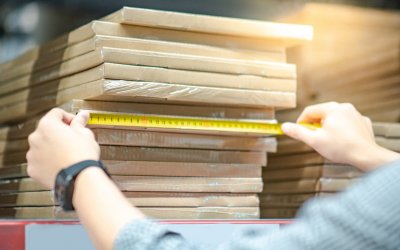What is AQL?
‘AQL’ stands for ‘Acceptance Quality Limit’ and represents the quality level that is the worst tolerable in product inspections. Since visual inspection is not 100% reliable, there will be defective products in virtually every production batch. In order to avoid argument, buyers and sellers agree on an AQL standard chosen according to the level of risk each party assumes. This is, then, referenced during pre-shipment inspection. AQL is the limit set between acceptability and refusal in a way that can be agreed upon and measured. AQL tablesare statistical tools that buyers utilize for product inspections.
What is the difference between an audit and an inspection?
An audit is a snapshot in time of a factory’s conditions or processes. An inspection is an examination of a raw material, component, or finished product for conformance to specifications.
Why do you inspect a sampling rather than my entire shipment?
Inspecting the entire shipment is very time consuming and often would result in ruining packaging. An AQL sampling inspection is statistically valid and is much more practical.
When should I consider a 100% inspection?
You should consider a 100% inspection when sorting out defects or sorting for rework because you want to avoid shipping nonconforming products.
How many cartons do you select for an inspection?
To determine this number, take the square root of the total number of cartons and add 1.
What is a third party?
A third party is defined as group besides the two primarily involved in a situation. A third party sourcing, quality, and production services agency assists importers by helping them remedy quality, communication, consistency, and compliance issues and prevent mistakes from happening in the supply chain through auditing, training, and consulting.
Does the factory help you during an inspection?
Yes. It is expected that the factory will assist the inspector with moving cartons after they have been selected. It is the factory’s responsibility to repack and rework product as necessary, which includes opening cartons as directed by the inspector and after the inspection has ended.
Now that you know the answers to these important questions, you will better understand how to provide quality and deliver results exactly the way they were intended.




0 Comments